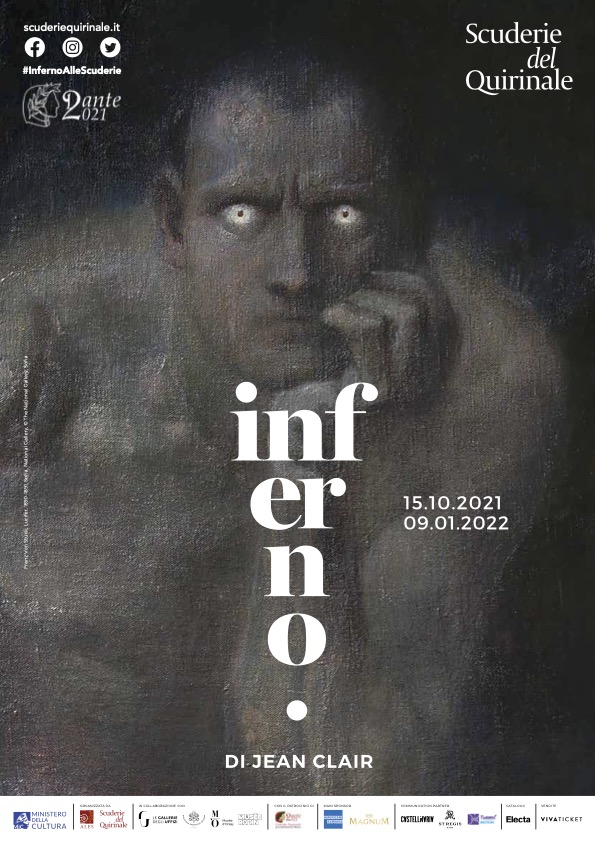The Metamorphosis of the Devil
Anonimous from Spain Demon, 1701-1800 Valladolid, Museo Nacional de Escultura
From Thomas Mann's Doktor Faustus, 1947
“Had indeed a good fleet brain and gifts graciously granted me from on high, which I could have used in all honesty and modesty, but felt only too well: it is an age when no work is to be done in pious, sober fashion and by proper means, and art has grown impossible sans the Devil's aid.”
Speaking in this excerpt was Schleppfuss, one of the fictitious identities assumed in Mann's novel by Mephistopheles. The name of Mephistopheles, the demonic companion of Doctor Faust, appears for the first time in a German folk tale of 1587, and in the following centuries it spread with slight variations also in other countries’ cultures. It is, in short, a name of demons and satanic spirits. But where does it come from? Probably from Hermes Trismegistus, revered in the classical age as the patron saint of magicians and alchemists.
In the late sixteenth century Mephistopheles made its way into folk tale and Elizabethan theatre, and then into the tragedies of the Sturm und Drang poets.
Goethe was fascinated by this myth, since his early youth. The work of writing and revising the Faust, which Goethe will finish only shortly before his death, was very long. And the definition of the characters of Faust and Mephistopheles is central to this troubled genesis. On the one hand, the impatient, imperious Faust, who yearns for knowledge, for youthful vigor and enterprise; on the other Mephisto, an apparently servile character, but who pursues the final victory, without ever giving up.
In short, Faust and Mephistopheles as opposite and complementary poles. Norbert Miller, in his essay, identifies in this scheme a tradition that Thomas Mann, in his Doktor Faustus, collects and expands, in an era that had been torn apart first by the horrors of the Great War, then by the October Revolution and finally by the collapse of all Western values determined by the advent of Hitler.
Almost a decade before publishing his old-age masterpiece, Mann had thoroughly examined Goethe's Faust. In an essay on the subject he describes the ambiguous figure of Mephistopheles with interest rather than disapproval, showing respect, almost sympathy. For Mann, that "deformed birth of mud and fire" - these are the words used by Faust to define Mephistopheles - is indeed a repugnant but at the same time grandiose creature: "The mud, that is the cynicism, the filthy wit of the spirit in perennial revolt, intrepid and fiery, animated by a demonic desire for destruction".
Franz Von Stuck's Lucifer, which you can also find in this room, was the centerpiece of a major exhibition in Munich in 1890. A gigantic figure, winged and naked, leans slightly forward. His hallucinated eyes are the only source of light on the canvas. Critics of the time immediately noticed that this Lucifer has none of the diabolical attributes of traditional iconography. Von Stuck had rather referred to the figure of Michelangelo's Pensieroso in the Sistine Chapel, and obviously to Rodin's Thinker, realised just a few years earlier for the Gates of Hell. Common to these figures is the head resting on the hand: the gesture of melancholy.



